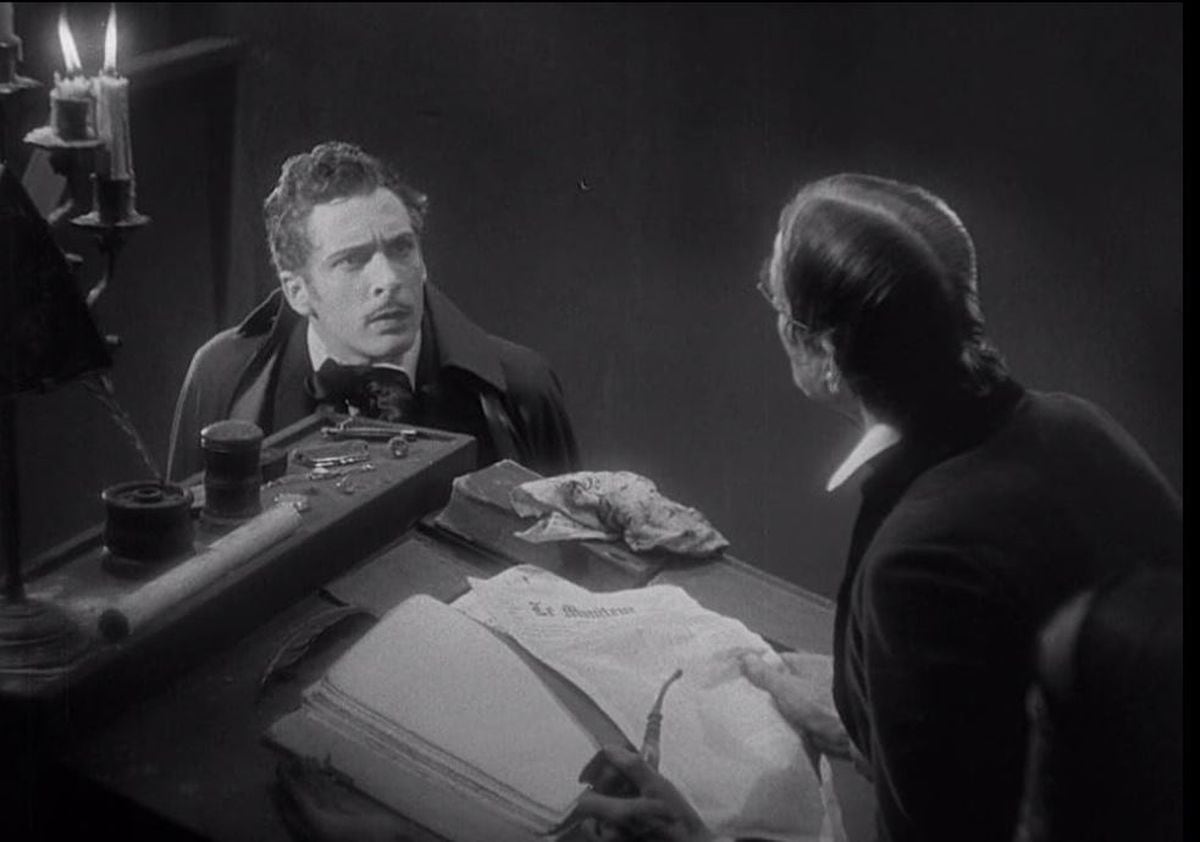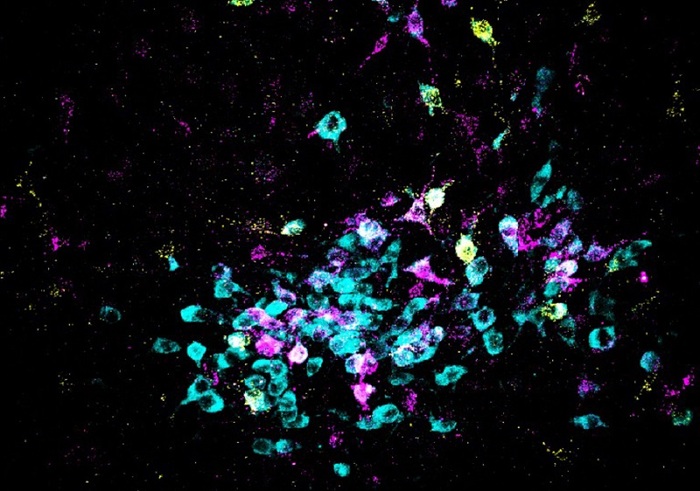Still missed! Too purple, too dark, totally overexposed ... Sunsets are not so easily trapped in a camera, you just have to consult the thousand and one sites of advice and tips to succeed in photographing your own. A great summer classic, the sunset is indeed full of pitfalls. First of all because it is only a great illusion, because let us remember it all the same, it is not the sun which sets, it is the earth which turns by retracting it!
But why does the sun give this funny feeling of going to bed so much faster in some places than in others? “In reality, it sets everywhere at the same speed, since it is that of the rotation of the Earth, smiles Etienne Pariat, astronomer at the Paris Observatory, but it is true that depending on the latitude, the position in which one is, one has the feeling of more or less long twilight.
Thus, the closer the observer is to the equator, the higher the Sun, observed at the same time, appears to be high in the sky. Conversely, the closer you get to the pole, the lower the Sun appears on the horizon. This has the consequence that when the Sun is high in the sky, we see it going down “steeply”, like falling… Conversely, further north, as it skims the horizon line, twilight will last longer ”explains this CNRS specialist.
Mythical green ray
This is because the sun is first and foremost a ball of light and this light which always circulates at the same speed - hence its name of "constant" in physics - is at the origin of many effects of optical starting with the famous green ray, popularized in 1882, by Jules Verne in his eponymous novel. This very real phenomenon takes place at sunrise just before the star crosses the horizon, or at sunset just before it disappears, Etienne Pariat, saw it from the island of Tenerife in the Canaries, perched on top of a volcano.
"To have the chance to observe one, you have to be at altitude, have a very distant horizon in front of you, and a clear sky, he explains. There, it was the case, the conditions were really ideal" , remembers the researcher. Just before the sun disappeared, a burst of light changing from red to yellow / green erupted. "It's very fast, it barely lasts a few seconds, he says, but it's not strictly speaking a flash" as Jules Verne wrote. The writer, passionate about science, may indeed have got a little carried away by evoking "a flash", "a luminous crescent, of extreme intensity, as if he had been painted with molten emerald. "
In fact, light is, as we know, red, orange, yellow, green, blue, indigo and purple. Normally, without obstacle, this subtle color gradient of the rainbow diffuses in a straight line, but there is the wall of our atmosphere. By crossing it, the grains of light (the photons) will therefore bounce back, scatter in contact with all kinds of particles and dust which will deflect them. In this fantastic game of ping-pong, it is the red colored photons that do the best, at sunset, their deviation is minimal.
Celestial ping-pong game
And that is why, it is the red / orange colors that jump out at us when the sun goes down. "And when a green ray appears just a few seconds before it disappears, it is because it then no longer remains visible to our eyes. eye that the few percent of yellow / green diffused by the light ”, decrypts the scientist Etienne Pariat. Conversely, when the sun is at its zenith, this play of colors changes. There in broad daylight, it is the blue and the purple which diffuse the best. But as our eyes are particularly sensitive to blue, it is blue that wins, that's why we see the azure sky ...
Newsletter - Most of the news
Every morning, the news seen by Le ParisienI'm registering
Your email address is collected by Le Parisien to enable you to receive our news and commercial offers. Learn more
From their porthole, the astronauts see nothing, or rather if! They see the black of space and a perfectly white sun. White? This is in reality its true color, and if we, under the layer of the atmosphere, we perceive it as "yellow", it is ultimately because our sun has lost a little of its blue in the process ... Subtle dance of colors. If there was one who had grasped all its refinement at the turn of the 19th century, it was the painter Claude Monet. Remember, his little orange low on the horizon, hanging over the dark water of a harbor, which caused a scandal. Yes, it is the famous “Vue du Havre”, exhibited under the name “Impression au soleil couiling”, before being renamed “Impression au soleil levant”. He started the movement of… Impressionists.
"The Green Ray" by Jules Verne
When Jules Verne published "Le Rayon vert" in 1882 nobody was interested in this phenomenon which occurs just before the sun sets behind the horizon. In this love story, the young Helena, who is reluctant to marry Aristobulus Ursiclos, will only consent if she sees the famous rare green ray, which is actually more frequent than we think. Not very scientific but very stimulating for researchers. The English physicist Lord Kelvin was enthusiastic after observing one in 1893 and then in 1899 at the top of Mont-Blanc. In 1920, the French astronomer André Danjon also examines it in “The spectrum and the theory of the green ray”. The laws of optics definitively elucidate the mystery. On the other hand, no study has ever verified that "the one who was happy enough to see it once, sees clearly in his heart and that of the others", as Jules Verne affirmed it.
The history of natural phenomena in 6 episodes
1. The shooting stars
2. The tides
3. The foreshore
4. The Milky Way
5. The lightning
6. The sunsets















